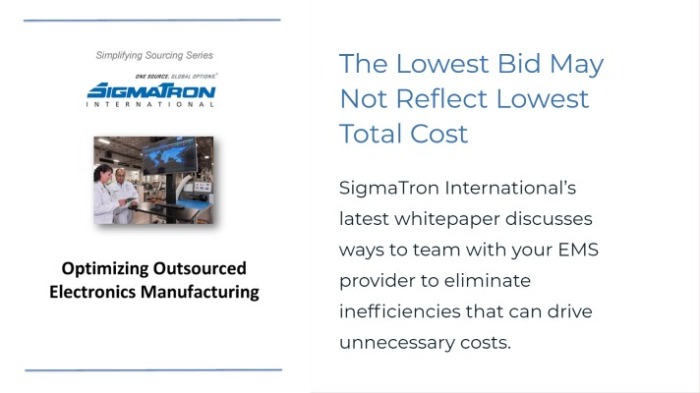
In a perfect world, outsourcing electronics manufacturing would be as simple as buying a fabricated part. However, the complexity of outsourcing manufacturing is rarely a perfect world scenario. The added complexity of bills of materials (BOMs) with hundreds of parts, narrow process windows, variable forecasts and supply chain constraints drive the need for a much more aligned working relationship. This whitepaper looks at the outsourcing process and discusses key areas and points of value that teams outsourcing production should consider. Special consideration is given to the logistics challenges that may be present in the mass installation settings common in the large-scale renewable energy sector.
These areas include:
- Initial documentation
- Contract manufacturer improvement recommendations
- Price vs. total cost
- Specialized logistics considerations
- Evolving project requirements.
Read the full whitepaper here.

